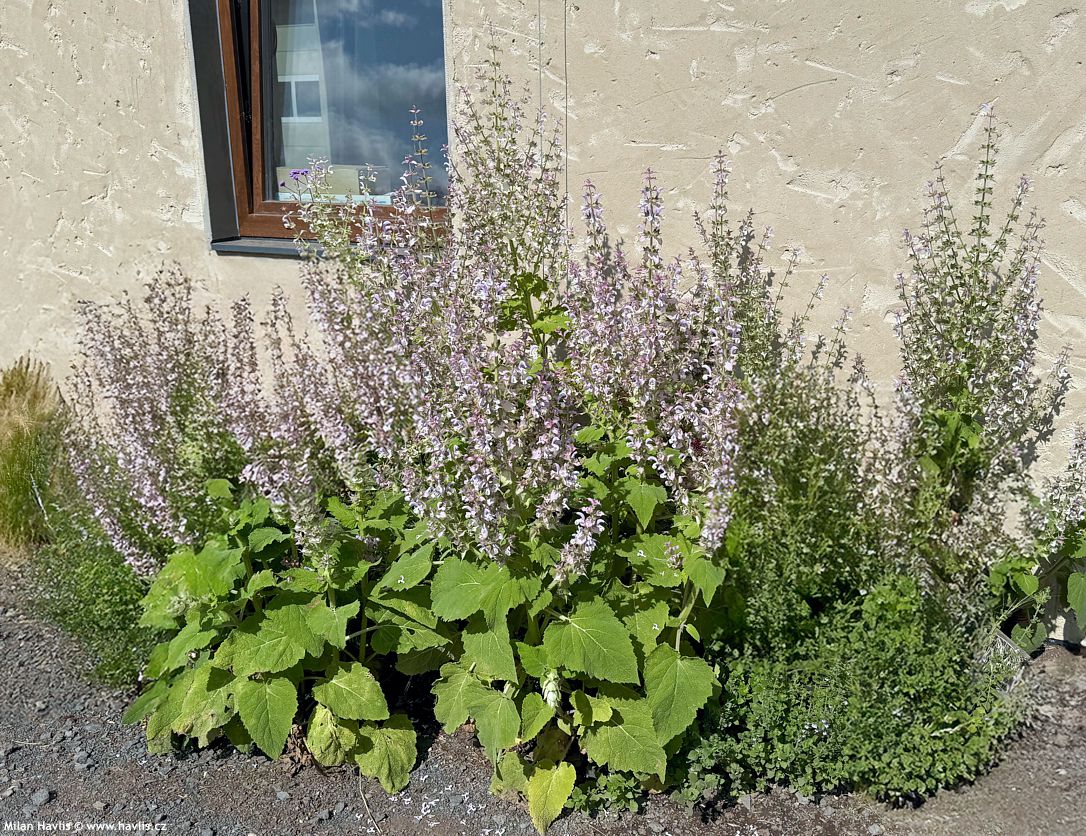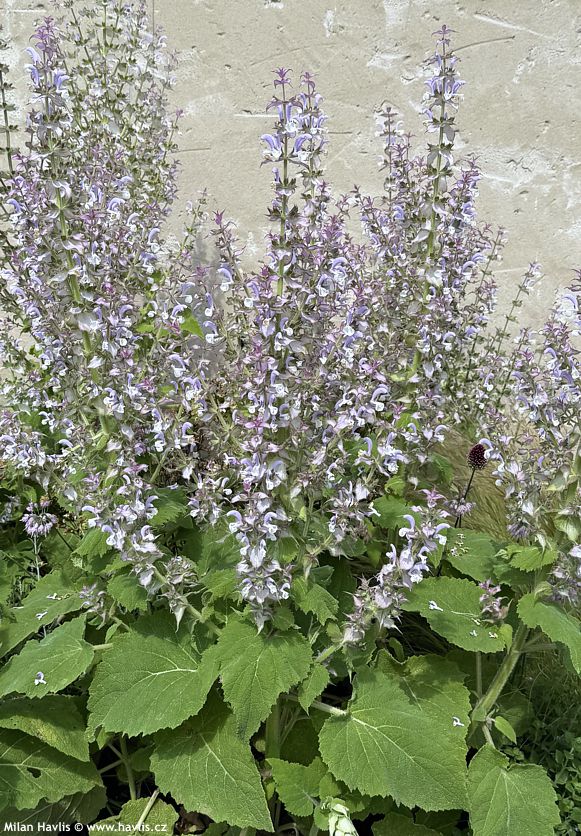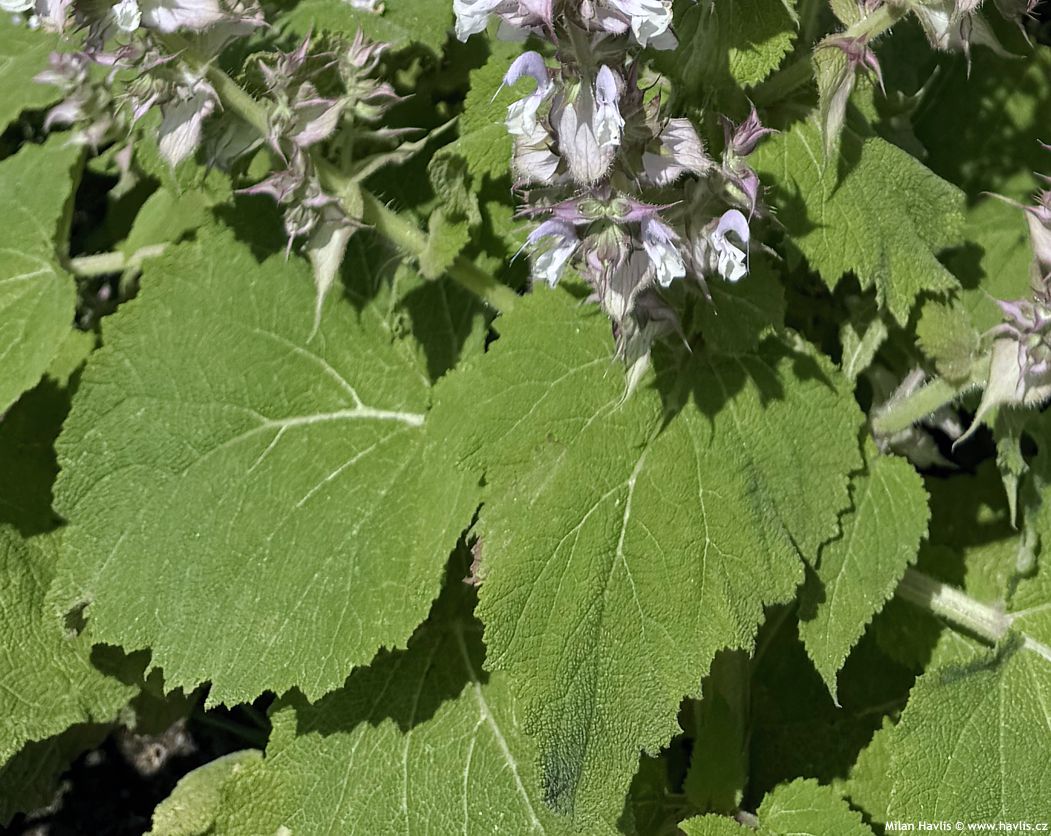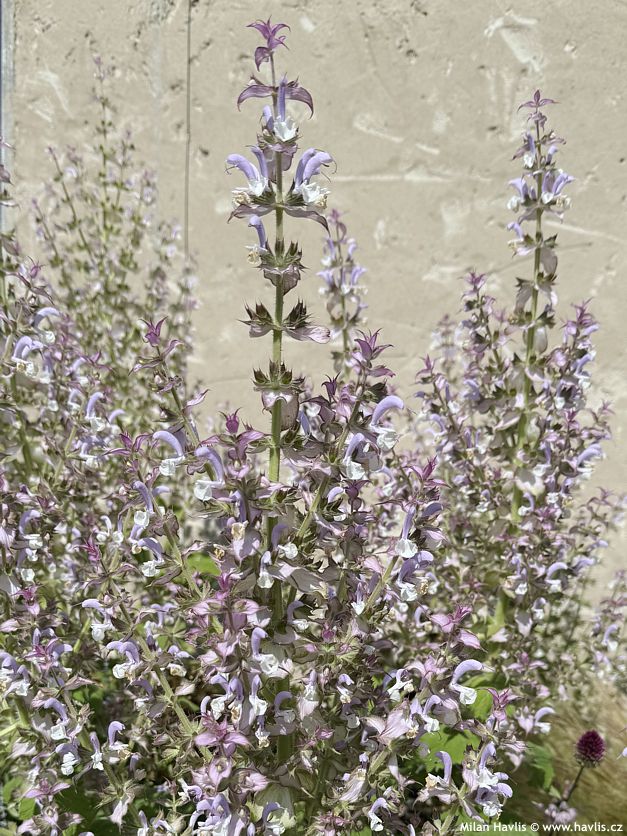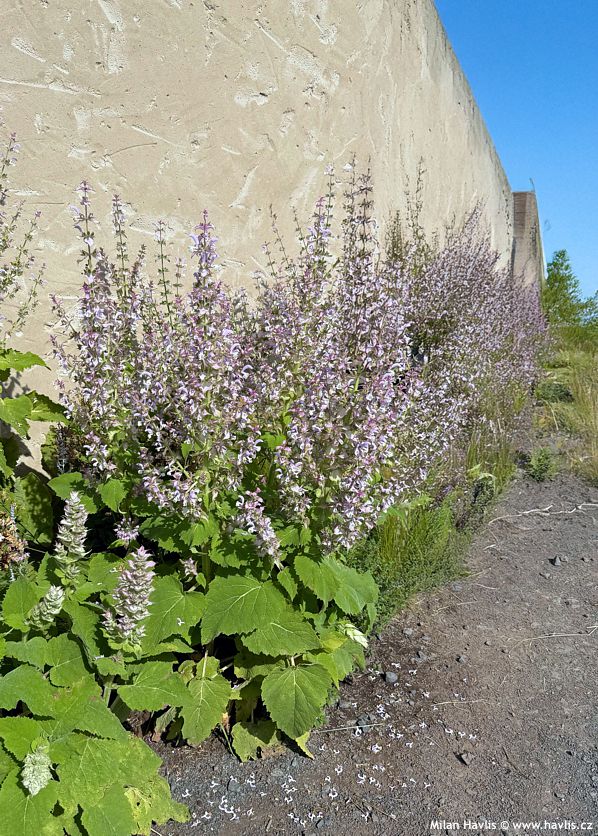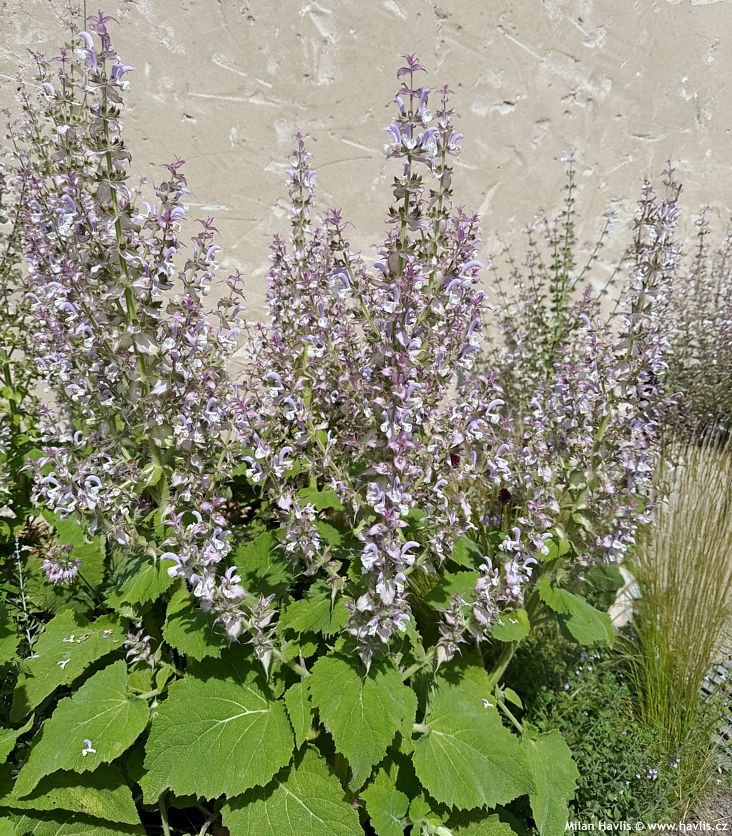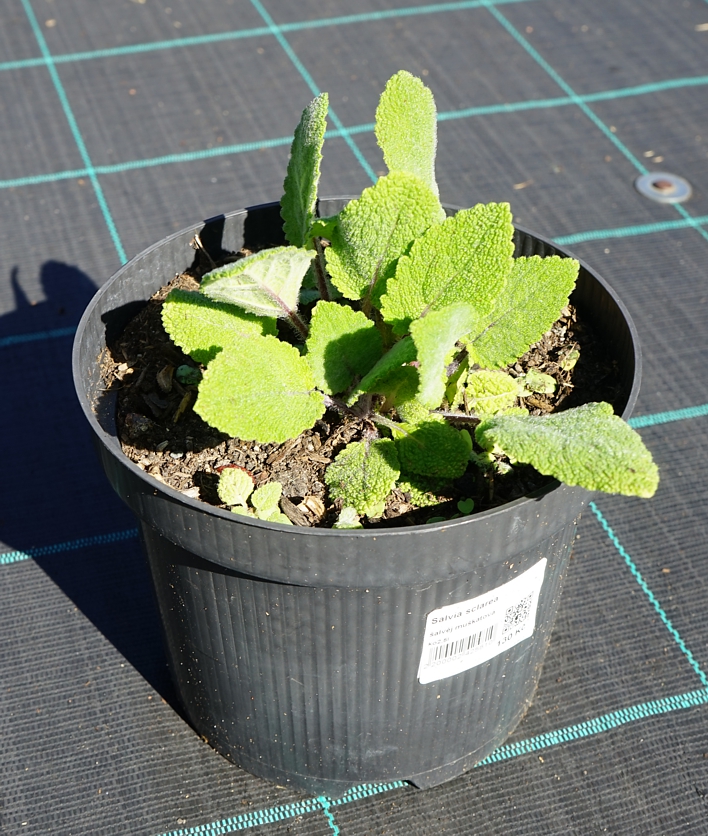Salvia sclarea clary sage


Salvia
The genus Salvia is the largest in the mint family (Lamiaceae), comprising around one thousand species of herbs, subshrubs, and shrubs distributed across almost the entire world. It was formally described by Carl Linnaeus in 1753 in his Species Plantarum, and since then it has ranked among the best‑known genera of medicinal and aromatic plants. One of its most remarkable features is the ingenious pollination mechanism: the stamens are transformed into a kind of lever system that, when visited by an insect, lowers the anthers and precisely deposits pollen onto the pollinator’s body. This “invention of nature” fascinated botanists as early as the 18th century and is still considered one of the most striking examples of plant evolution.
Yet sages were valued not only for their botanical curiosity but also for their effects and symbolism. In ancient Egypt, Greece, and Rome they were believed to prolong life and protect against disease. In Europe they became staples of monastic gardens and medieval herbals, where they were praised as “saving herbs.” Sage was burned in rituals of purification and protection; its smoke was thought to drive away evil spirits and, in some cultures, even to open the way to prophetic dreams. It was also used in moxibustion – much like mugwort, dried sage leaves were burned above acupuncture points to warm the body and dispel cold. In this way, medicinal practice intertwined with ritual, and sage became a plant uniting practical healing with spiritual belief.
One of the most aromatic and at the same time most spectacular sages is clary sage, which has become a symbol of sensuality and fragrance within the genus. Native to the Mediterranean and Southwest Asia, it thrives on dry, sunny slopes and rocky hillsides. It is impossible to overlook in the wild – the first year it forms a massive rosette of leaves, and in the second it sends up a tall flowering stem crowned with striking inflorescences: upright spikes of small white to pale violet flowers, surrounded by vividly colored pink‑purple bracts that create a dramatic stage‑like effect – making it a true queen of its habitat. The plant resembles the silhouette of an ancient fountain: solid at the base, airy at the top, and fragrant throughout – flowers, leaves, and stems exude an intense musky‑spicy aroma. Unlike many other sages, it is distinguished not only by its height and robustness but above all by this fragrance, which secured its place in perfumery, winemaking, and folk medicine. In the past it was valued as an additive to wine, imparting a muscat note, which is why in English it is called clary sage – the sage that “brings clarity” while enchanting with both scent and appearance.
In the garden, clary sage serves as a dominant vertical accent, best displayed alongside plants with similar requirements for sun and dry soil. It pairs beautifully with Perovskia atriplicifolia, whose silvery, airy texture highlights the robust stature of clary sage while echoing its aromatic character. A contrast of forms comes from Echinacea purpurea, whose flat flower heads oppose the upright spikes of sage. For the lower layer, Stachys byzantina provides velvety silver foliage that enhances the pink‑purple bracts. Achillea millefolium adds pastel tones and delicate flower heads, while Nepeta × faassenii creates a violet‑flowering, aromatic groundcover that attracts pollinators. Together they form a composition that is not only aesthetically balanced but also long‑lasting and sustainable in dry plantings.
Clary sage is an undemanding plant if given conditions that reflect its origins. It requires full sun and well‑drained, preferably calcareous soil, tolerates drought well, and dislikes waterlogging. It is most often grown as a biennial: in the first year it produces a strong rosette of leaves, in the second it flowers and usually dies back, though it can sometimes behave as a short‑lived perennial. It self‑seeds readily and, in a suitable site, will maintain itself in the garden. Hardy in Central European climates, it may rot in heavy, poorly drained soils during winter. Care consists mainly of ensuring a dry site and thinning seedlings when necessary, so that each plant has enough space to develop its monumental form. As a perennial it withstands frosts down to about −25 °C.
Last update 18-09-2025
Goods are shipped all over Europe. For Russia and U.K. and for further details please read about SHIPPING OPTIONS HERE.
Are you interested in a serious discount for orders NOV-FEB? Check your options here.
THE PRICES INCLUDE VAT of 15%. For quick conversion you can use 1 CZK = approx. 0.04 EUR
- STANDARD QUALITY - Plants of this group are 1st class quality with number of branches and overall density adequate to their size and age, considering they were container grown.
- DE LUXE QUALITY - This label guarantees a luxurious quality of manually selected plants that, compared to their height and age, are exceptionally dense and beautiful.
- EXTRA - These plants are usually mature and bigger specimens with exceptional overall appearance.
- STANDARD (as described in the plant form) means a tree with a trunk of 190-210 cm and a crown at the top, unless specified differently. The commercial size for trees is their girth measured in the height of 1m from ground.
- HOBBY - These plants are of the same quality as our standard-quality plants but younger and therefore cheaper.
- SHRUB - a woody plant with branches growing bushy from the ground level.
- HALF-STANDARD or MINI-STANDARD - a small tree with shorter trunk, its size is usually specified.
- FEATHERED - These are trees with branches growing already from the base of the trunk and up along the stem.
- GRASSES and PERENNIALS - Sizes given usually read the diameter of the pot or the clump, as specified.









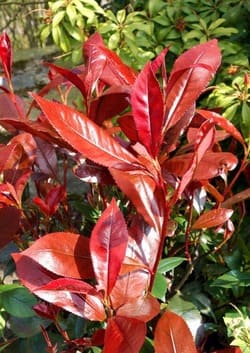
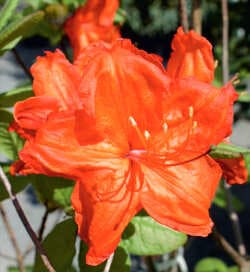

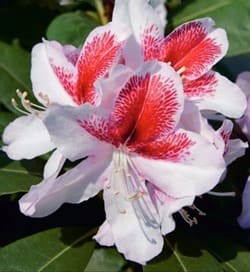


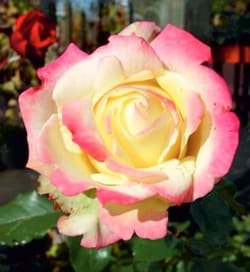
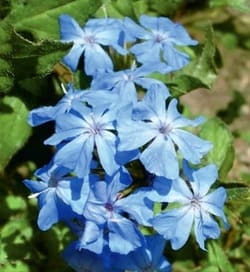
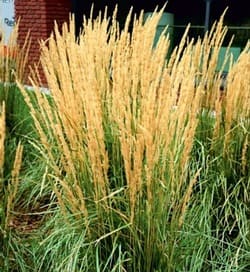
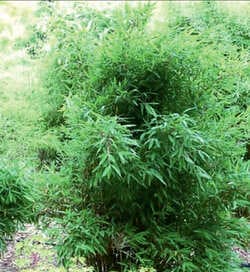

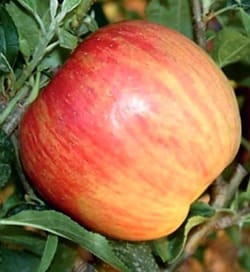
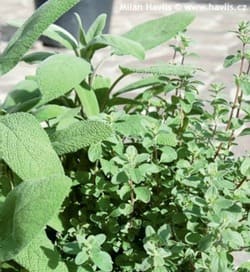
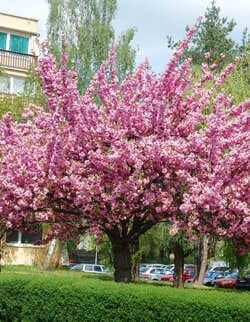
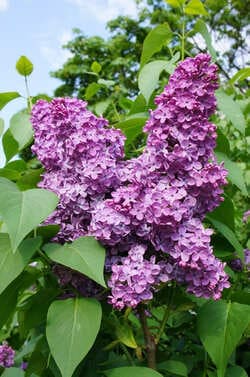
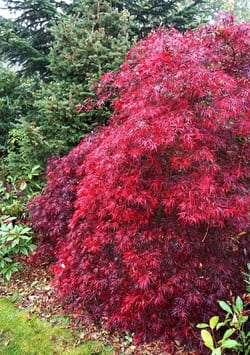
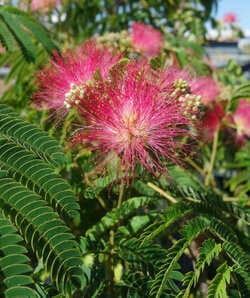
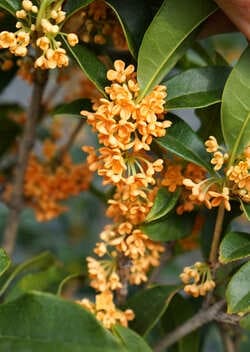



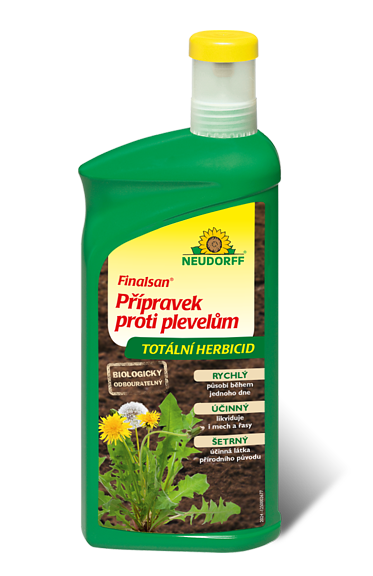


.jpg)
